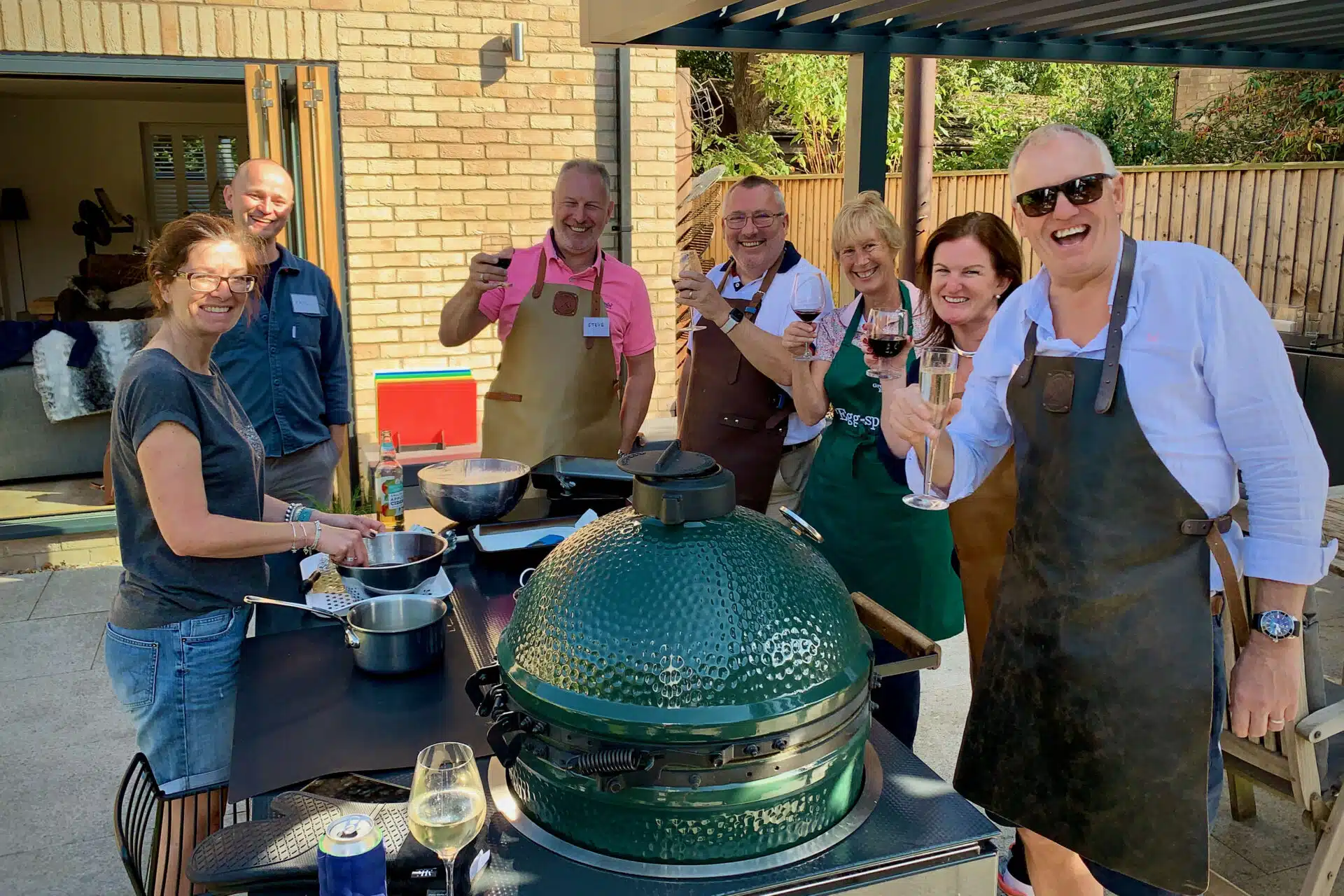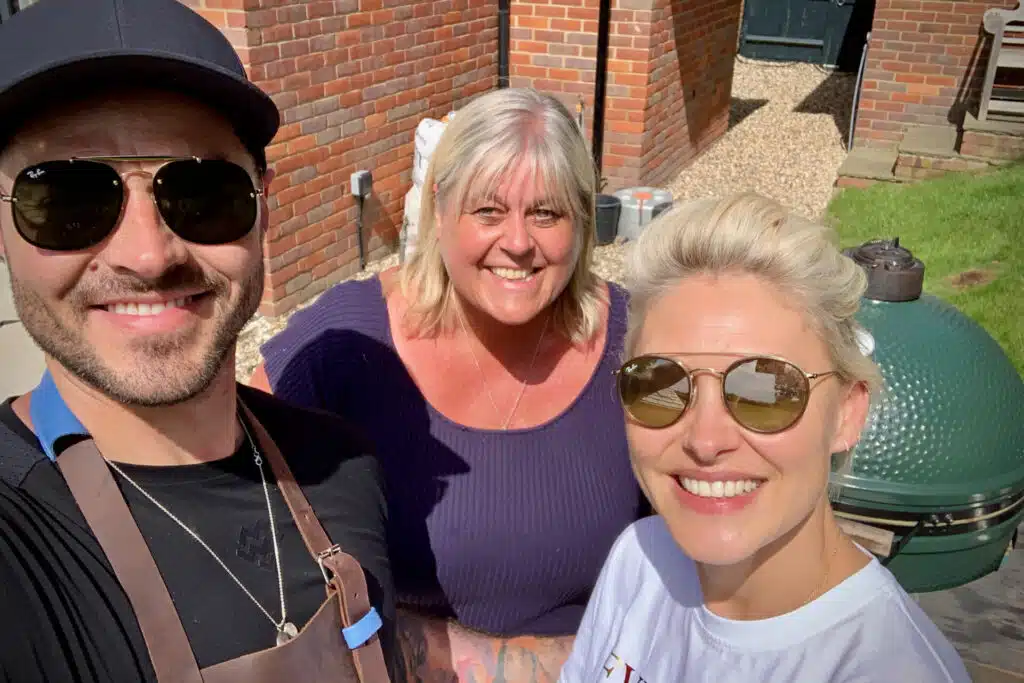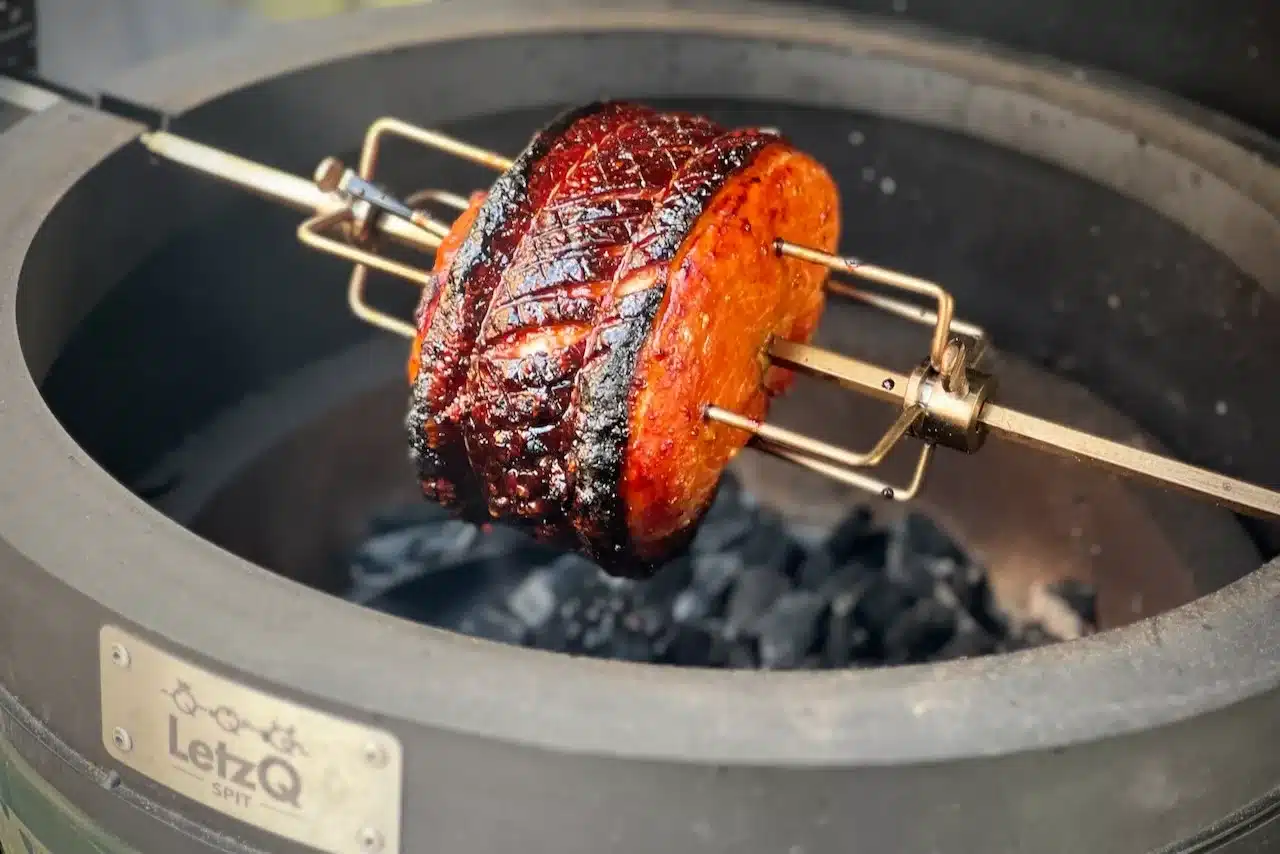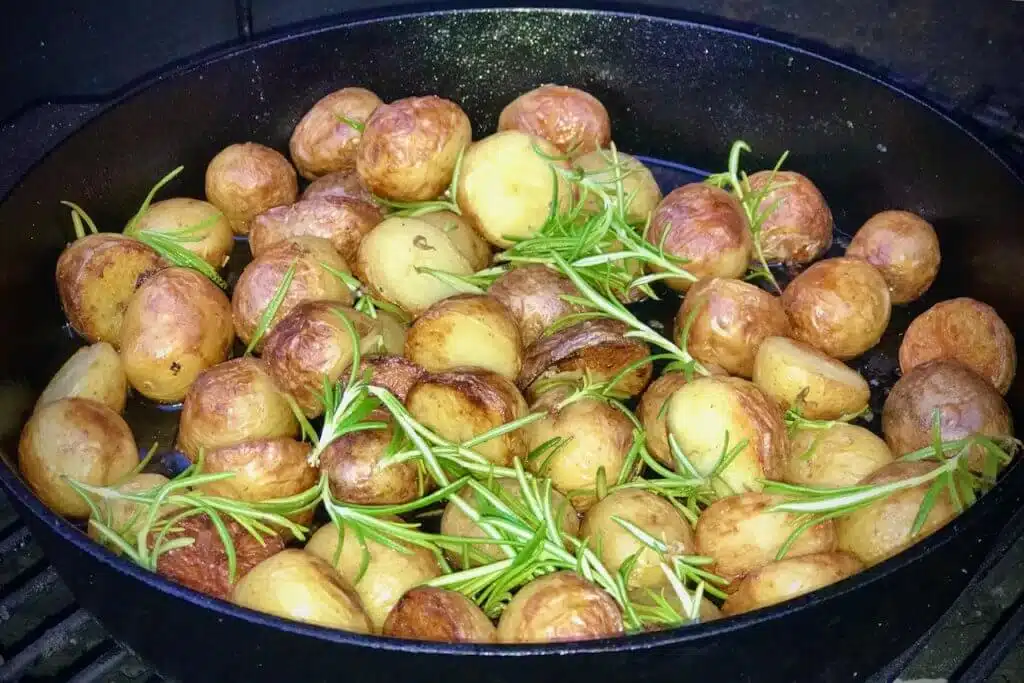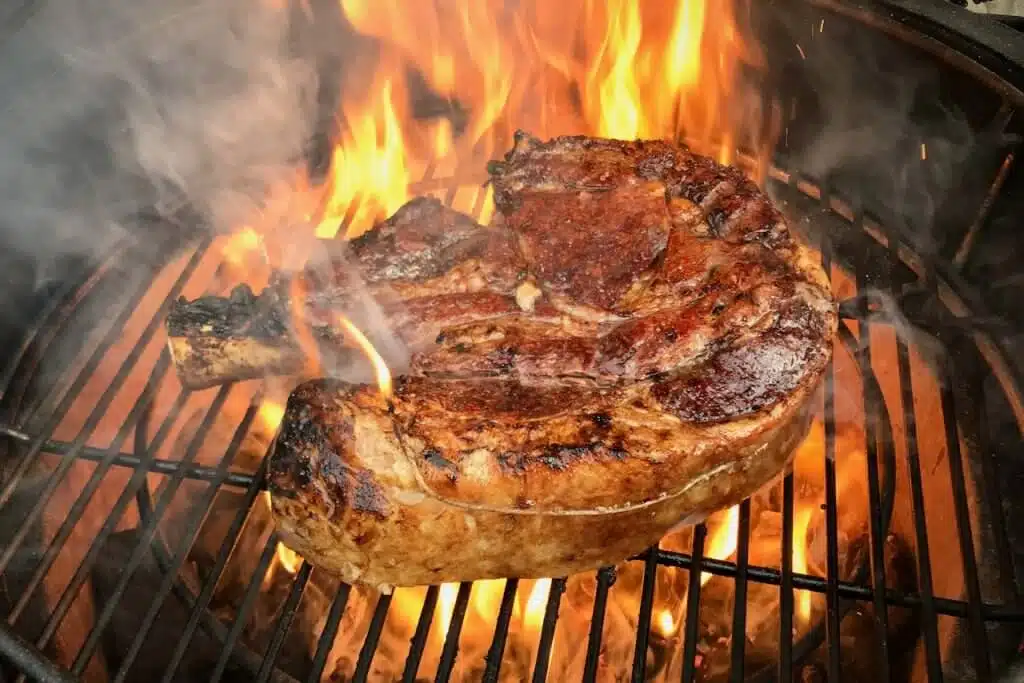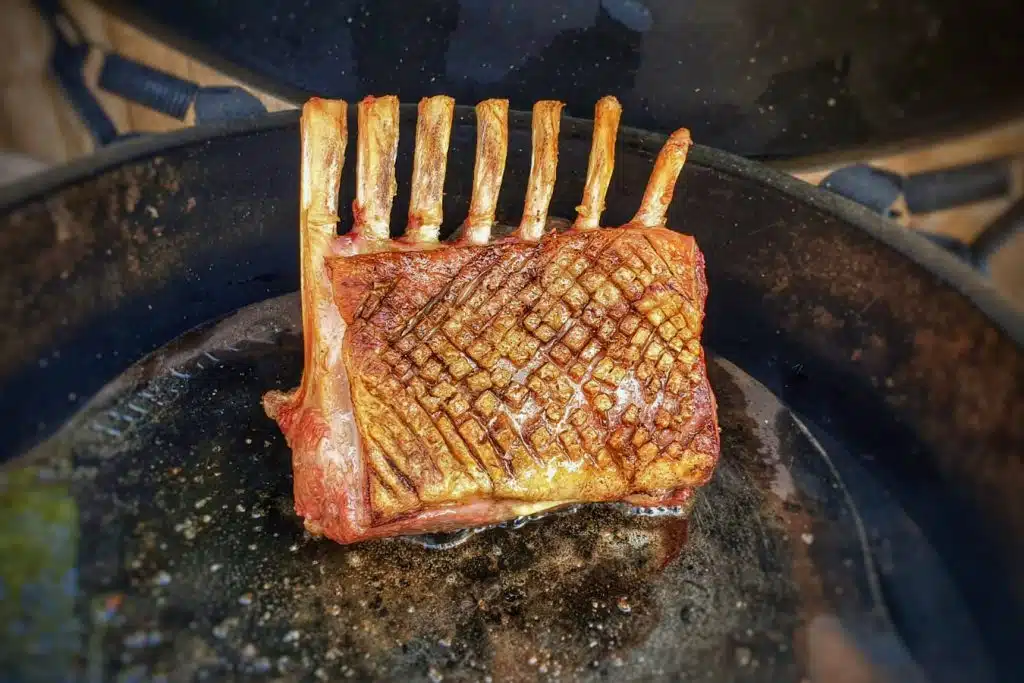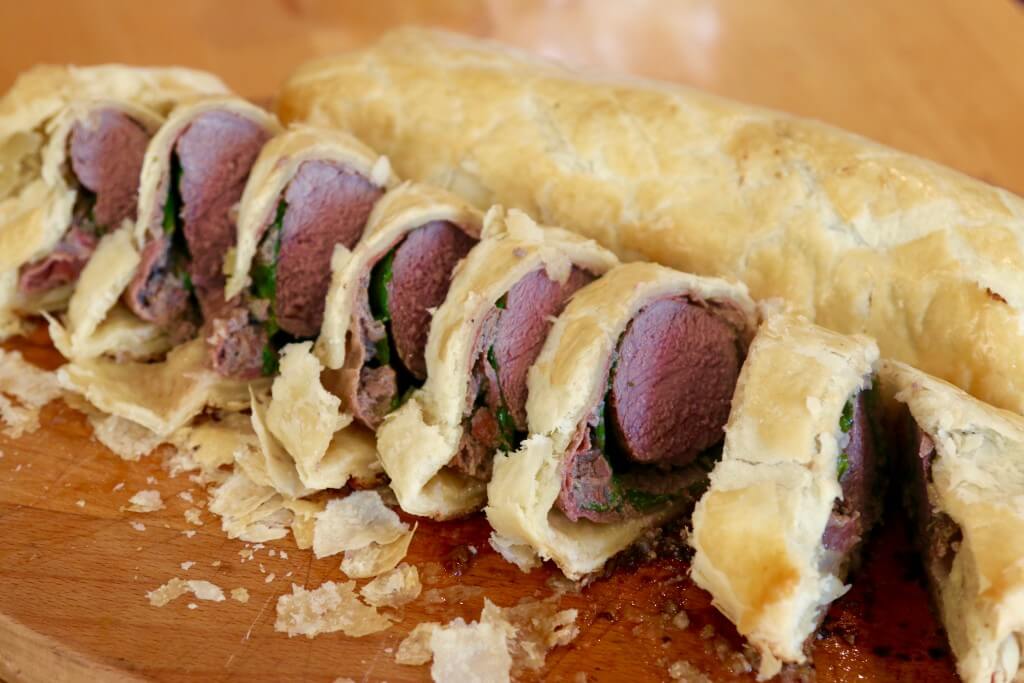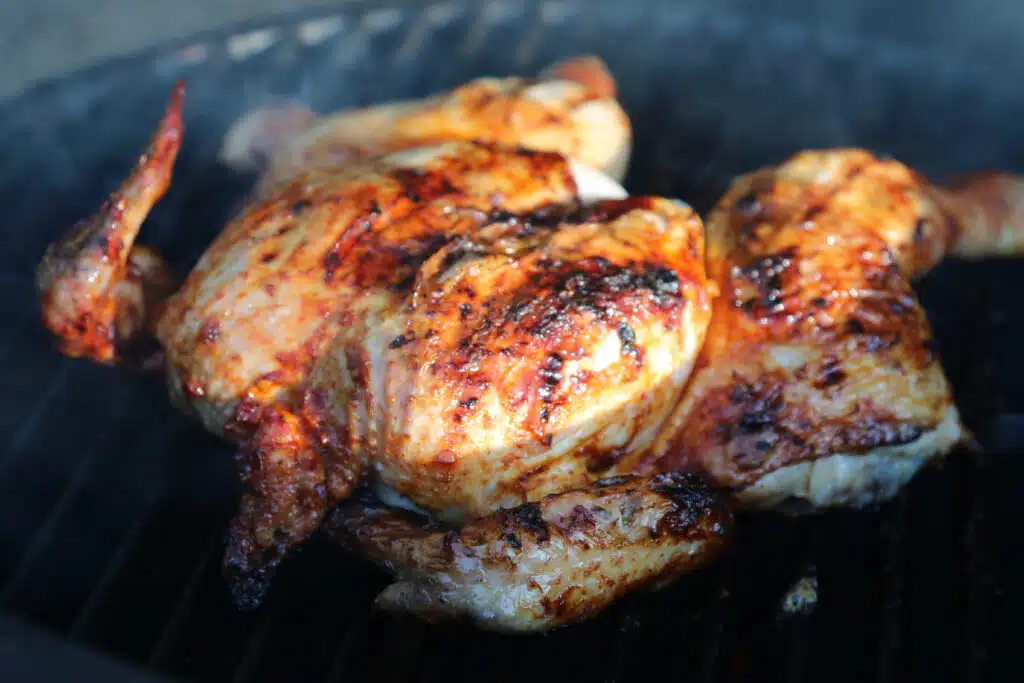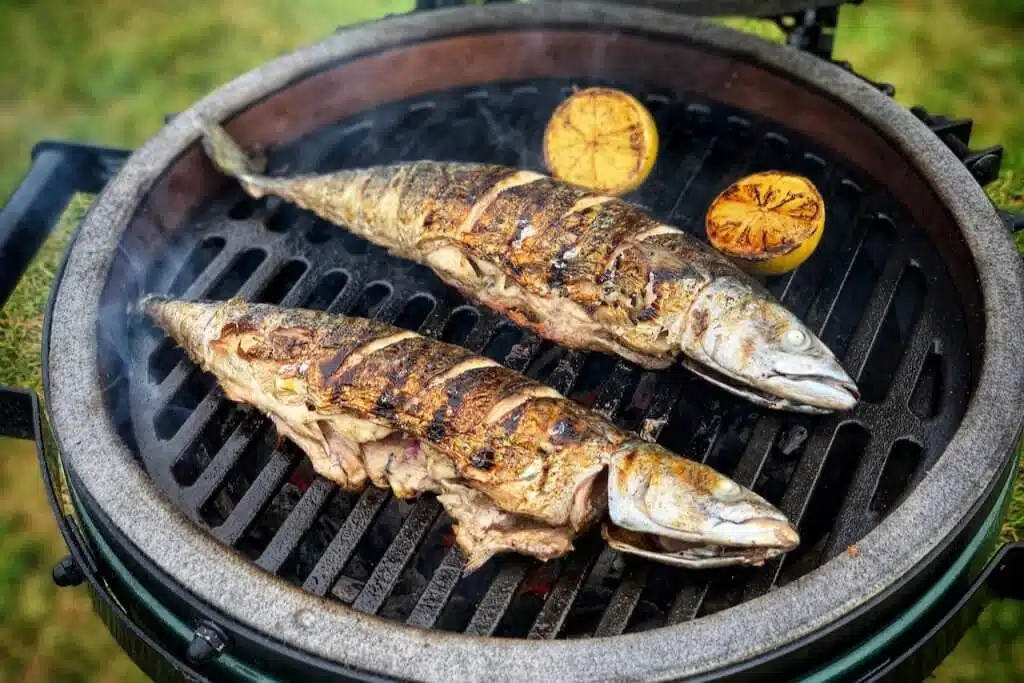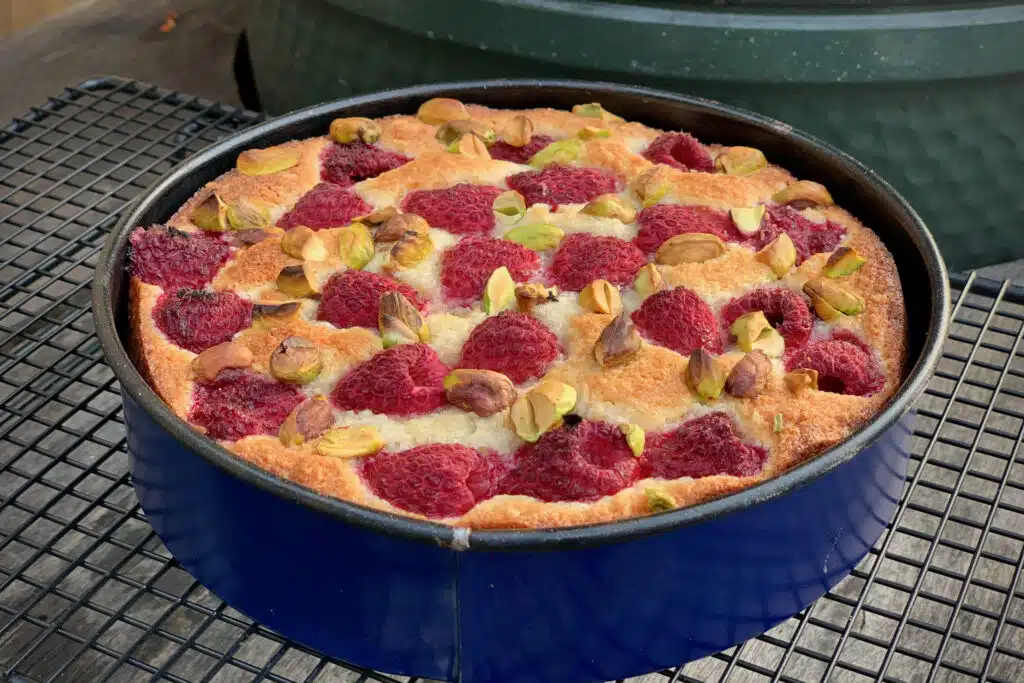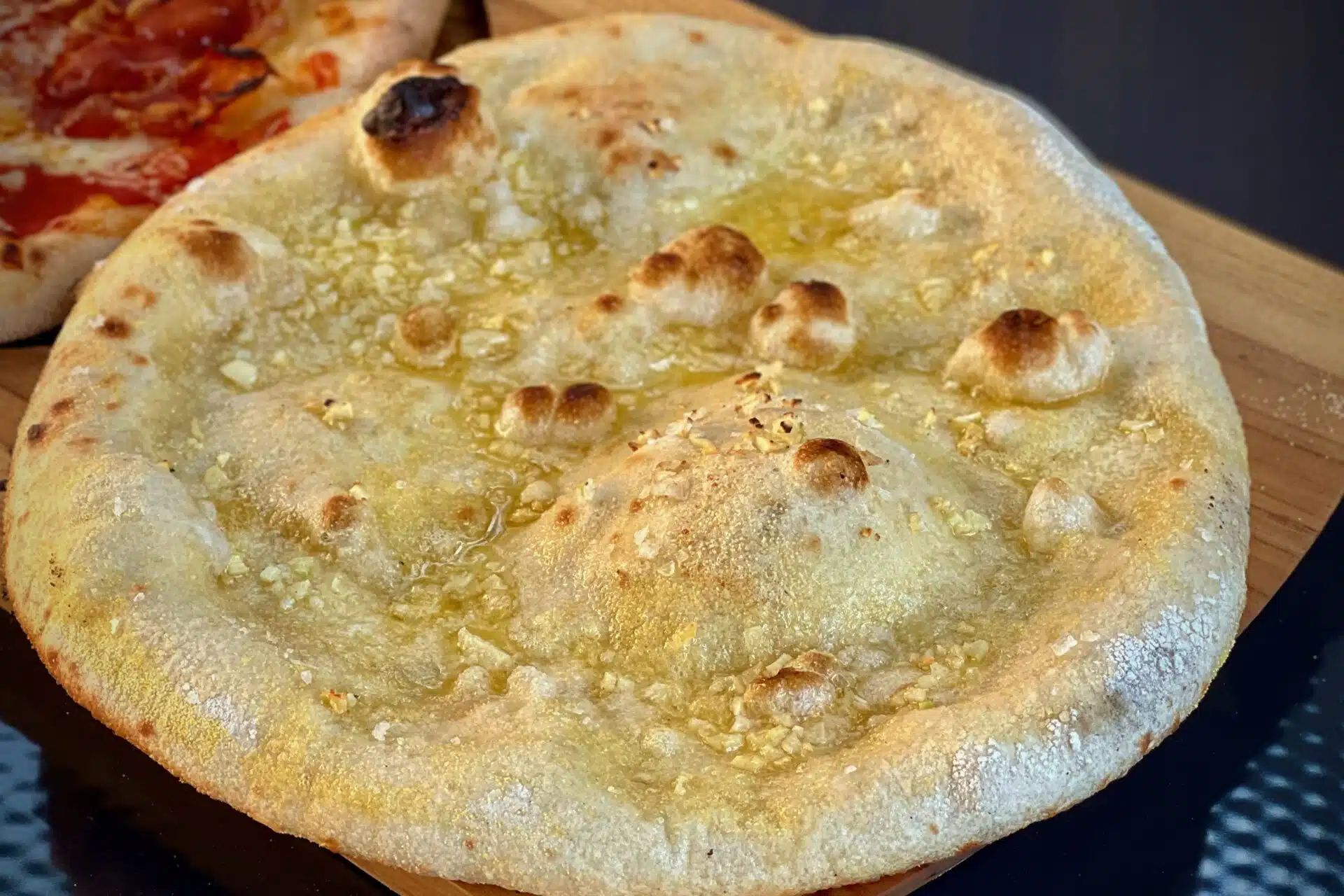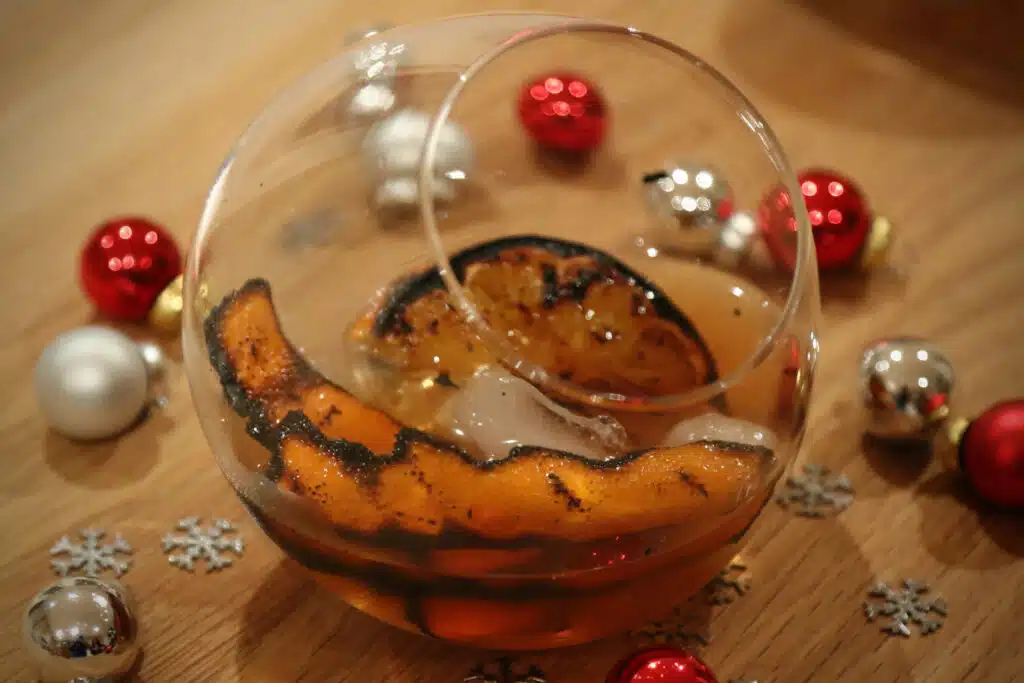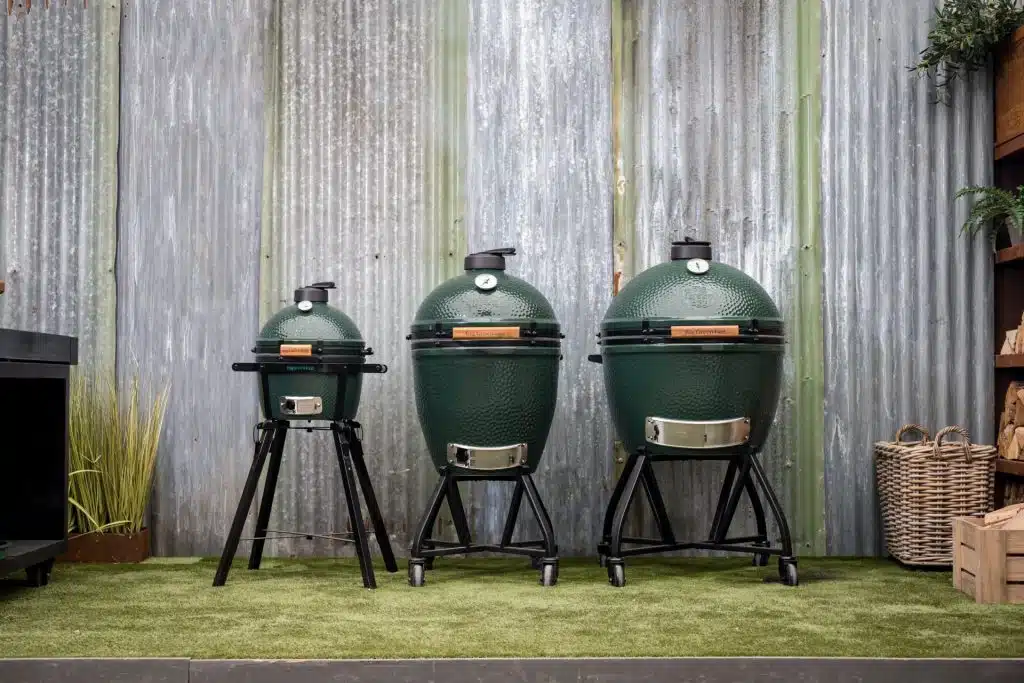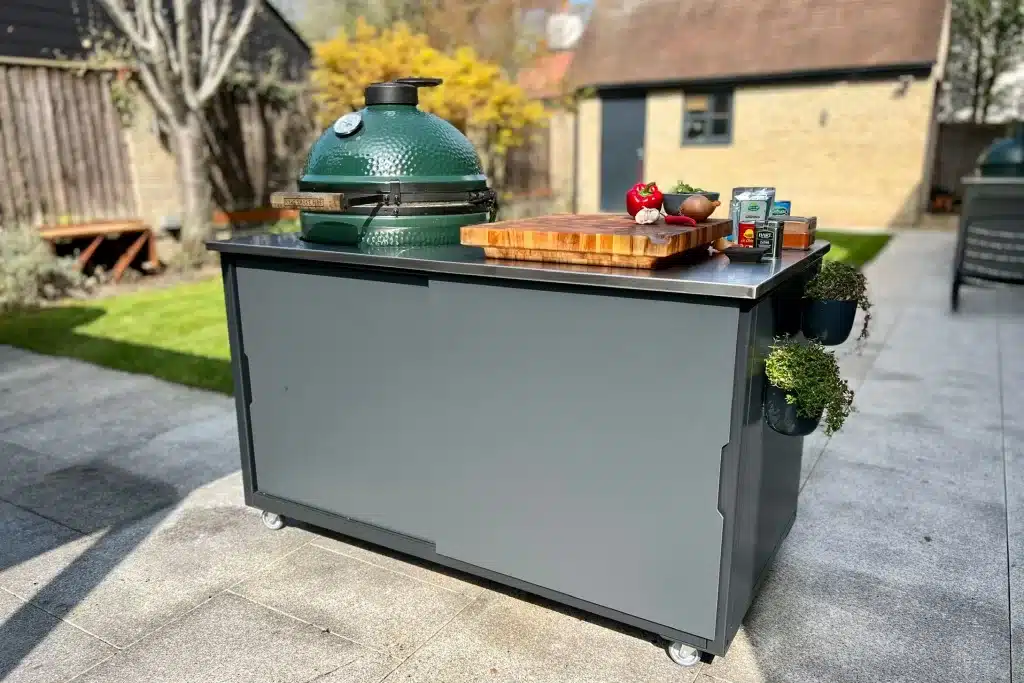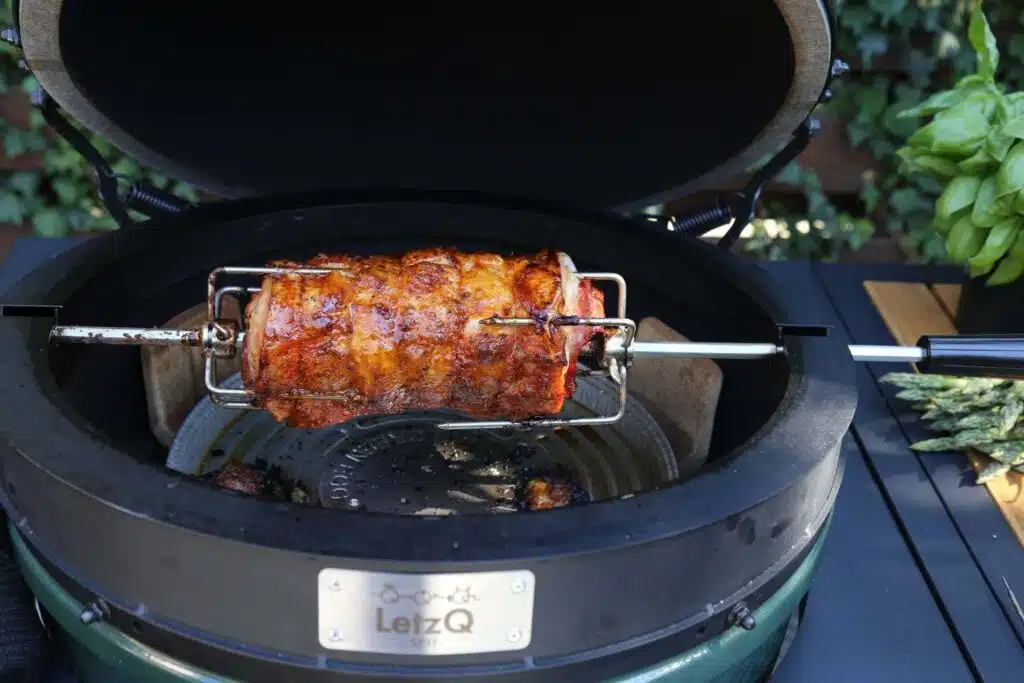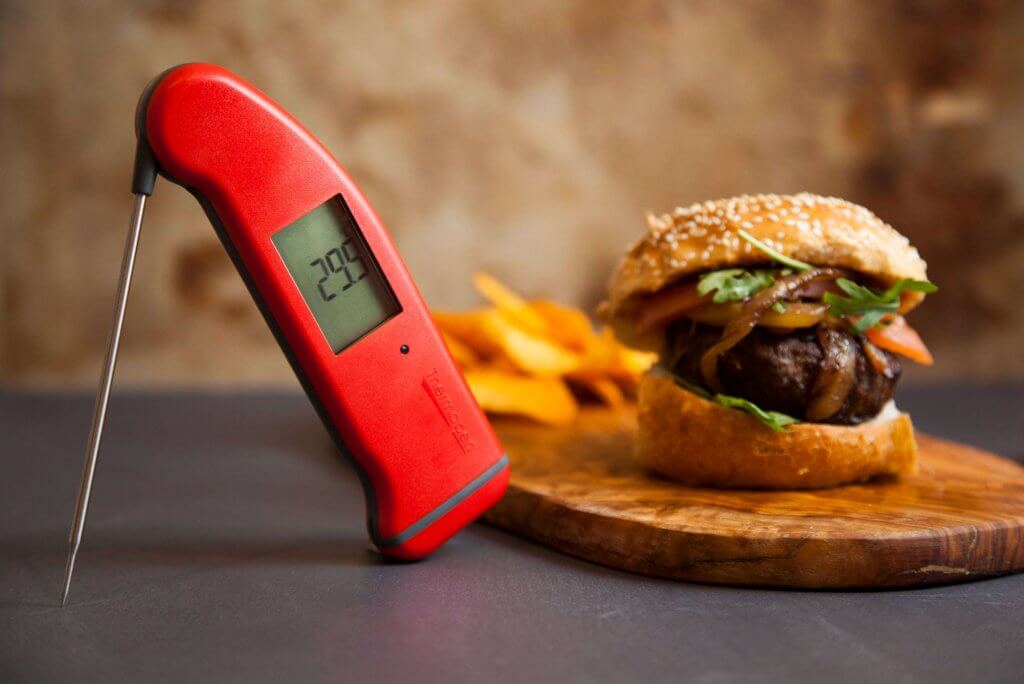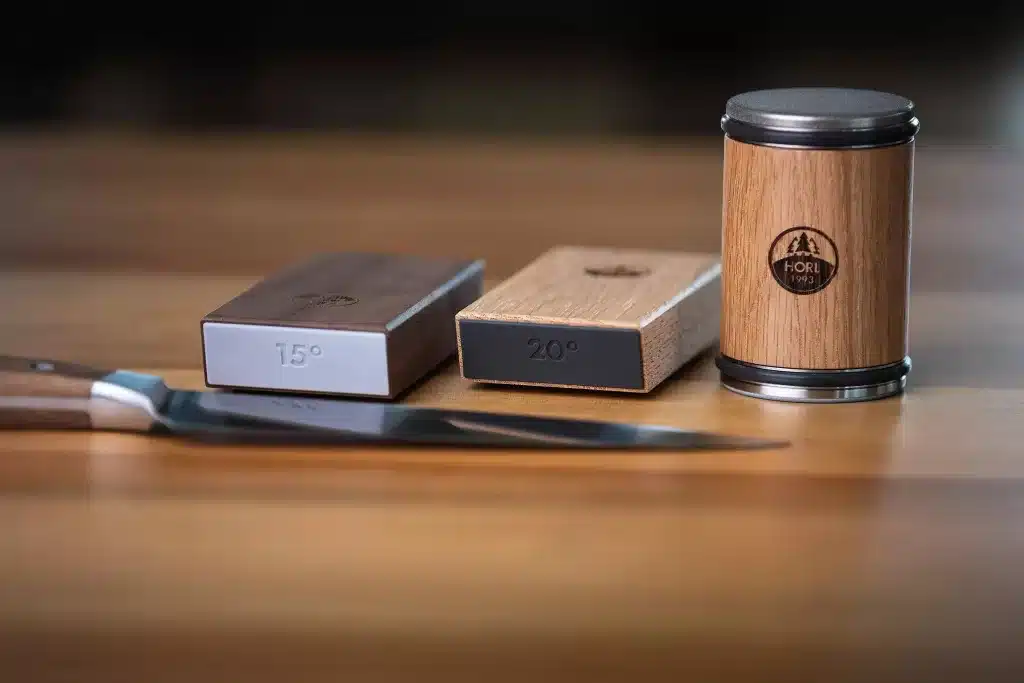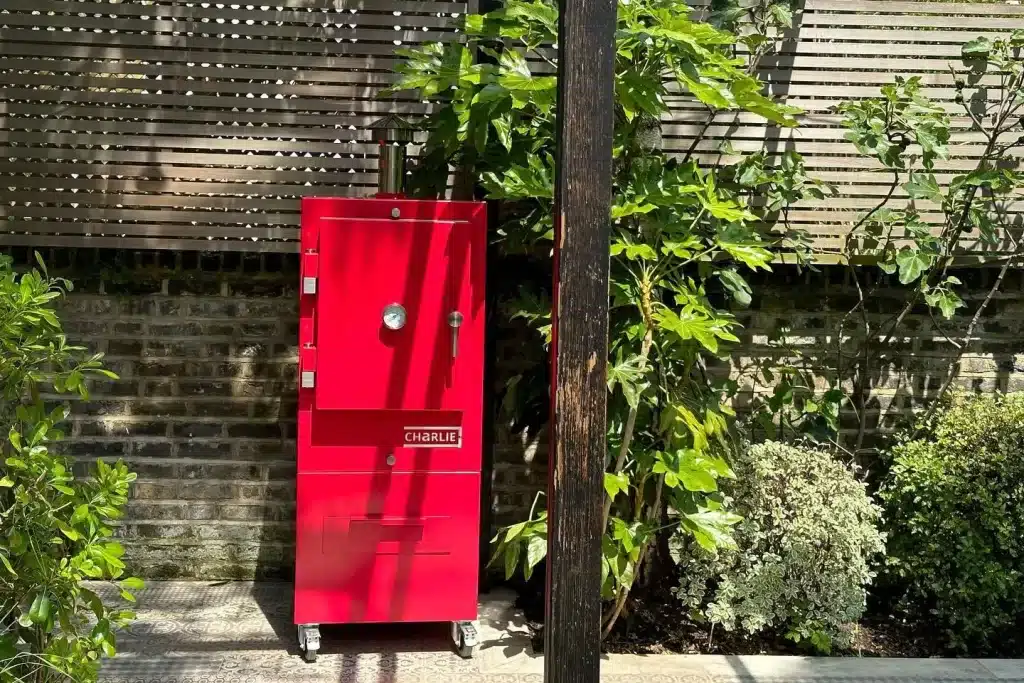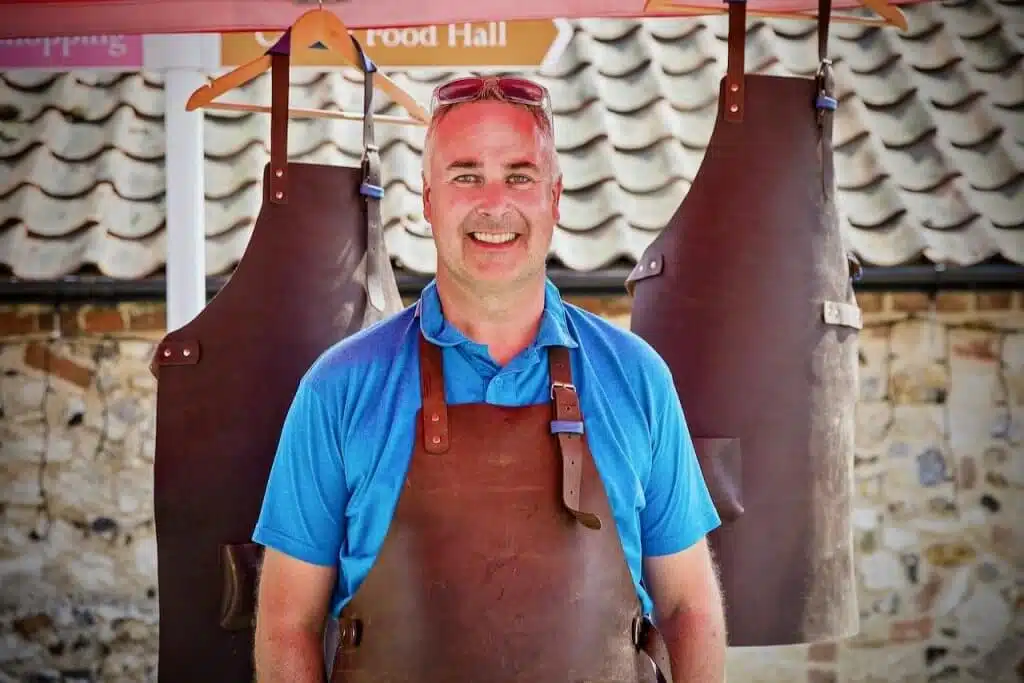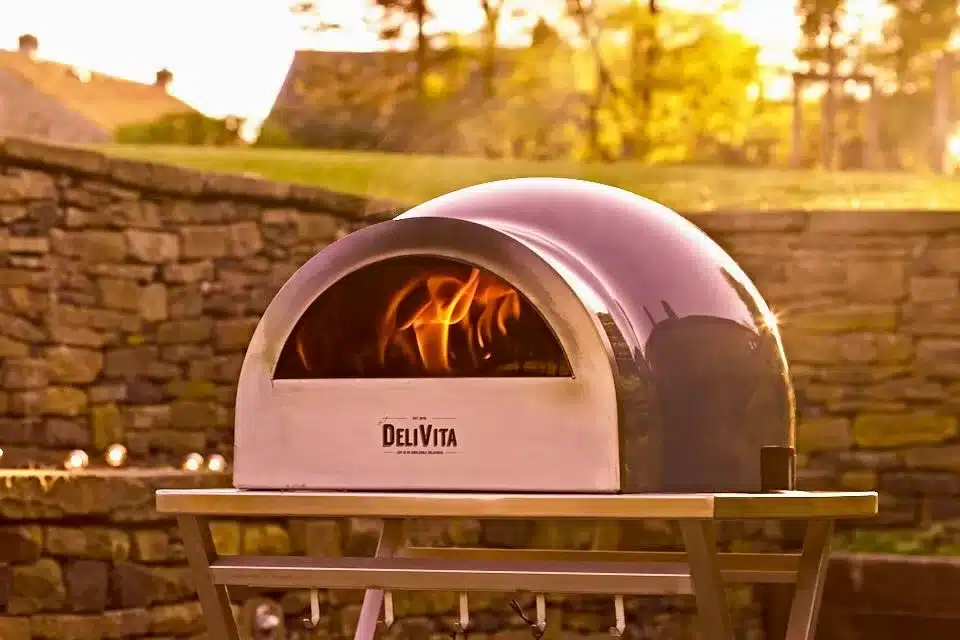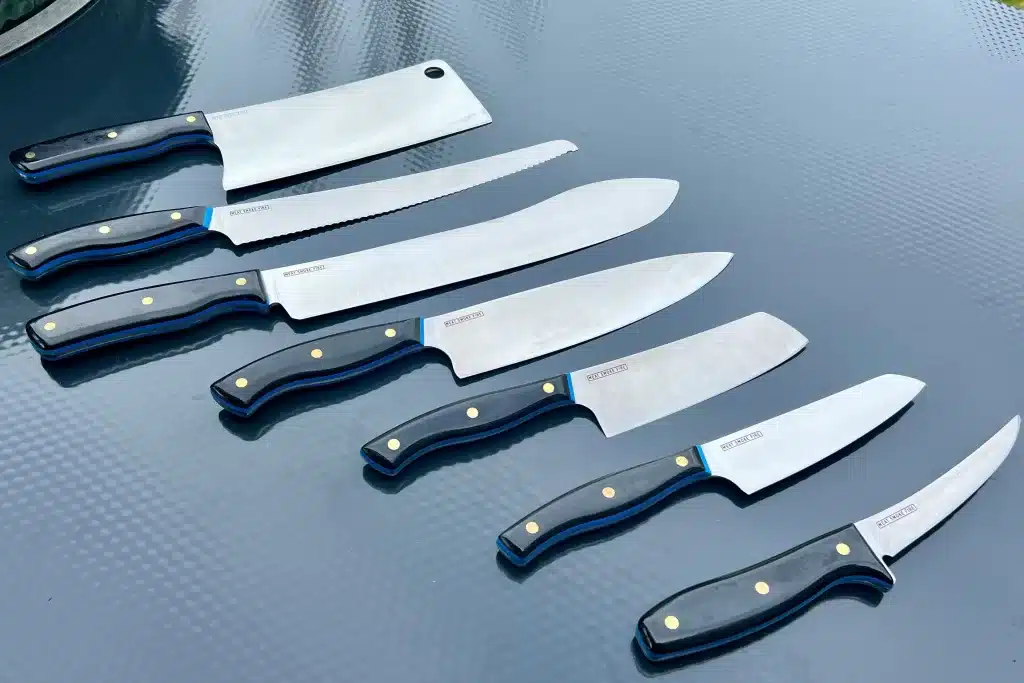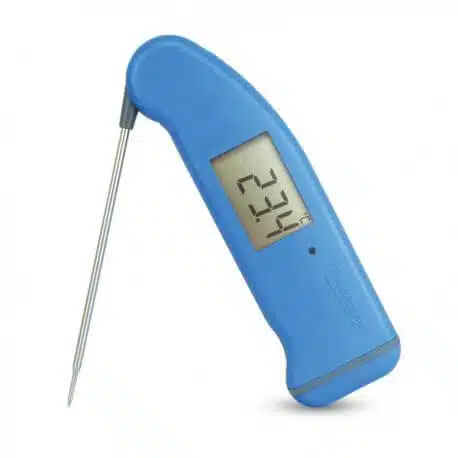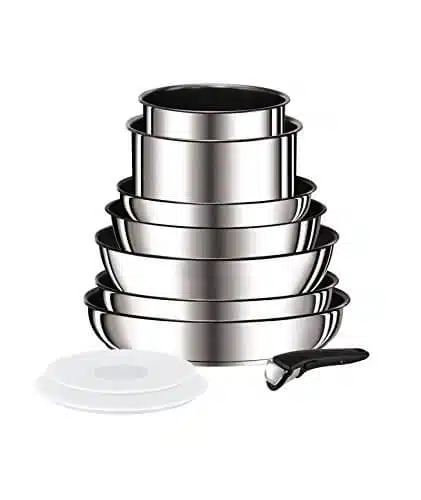Beef at The Gog
These are the links to the recipes we cooked:
- Chilli Con Carne
- Steak off – Griddled vs. Grilled vs. Dirty
- Chimichurri sauce to go with the steaks
- Beef Skirt – cooked as a normal steak on the cast iron grid. We had the Egg at 250°C and all I did was salt the steak and cook for about 2 minutes per side.
- Reverse Seared Picanha
- The Miles Special Cut – this was a one off special piece of meat that Miles had cut from the sirloin and then salted for a week. We cooked it dirty for about 2 minutes a side at 250°C.
- The Gog Burger – Miles demonstrated how these were made using beef chuck, bone marrow and a couple of other ingredients including Worcestershire Sauce. We cooked these at 250°C directly over the charcoal for about 4 minutes a side, you’re looking for an internal temp of 65°C.
Questions and Answers
Do you use the top or bottom vent to control the temperature?
See my page on setting the temperature on your Big Green Egg.
Do I use wood chips or chunks and do I soak them in water?
The question about using wood chips and chunks and when to use them is a good one. If you’re happy with the level of smoke you’re getting from your charcoal then you don’t need to use chips and chunks. However if you want more smoke to your cooks you have the following options:
- Change charcoal brands to something to suit your cook. See the next section about different charcoals. Some people will switch charcoal to a type to match their cook and then only use charcoal to get the flavour they are after.
- Use chips – when you are doing shorter cooks you will get more smoke from chips.
- Use chunks – ideally suited to longer cooks where you want smoke for a slightly longer period.
Remember meat takes on smoke when it is cooler and wetter. Therefore you need the smoke at the beginning of the cook. Therefore place your chips and chunks towards the centre of your Egg where the charcoal will be burning at the beginning of the cook.
Be sparing with your chips and chunks. I use less than a handful of chips and maybe just two chunks. Start light and build up to the level of flavour you want. A lot of people overpower their food with the smoke flavour, ruining it in my opinion.
Which Charcoal should I use?
Different charcoals will product different flavours. Some Eggers find the Big Green Egg charcoal quite smokey.
The Green Olive Firewood Company do charcoal that has a much milder smokey flavour. It’s made from SheOak. You need their restaurant grade lump wood charcoal.
Stag Charcoal also produce some great stuff in Hertfordshire. Look for their single species Ash or Birch for a less smokey cook.
When you really get into BBQ then look at some of the excellent charcoal from the Oxford Charcoal company. They have a very good reputation for their single species charcoals. They have a great chart on matching wood to meats and fish.
Can I use my Egg undercover or indoors?
You should always use your Egg in a well ventilated area. However that doesn’t stop you using it under a parasol or roof. The amount of heat coming out of the top, even during lighting won’t burn a parasol in my experience. Open sided shelters are perfect.
Cooking indoors though isn’t recommended. You’ll see restaurants doing it but they have very powerful commercial ventilation systems and safety measures to make sure they don’t poison themselves. An Egg will produce carbon monoxide, which can kill if not ventilated properly. I would never recommend using an Egg indoors. As my partner always says, ‘you only need two accessories to cook outside all year round, an umbrella and a glass of wine’.
What Thermometers do I recommend?
You’d have heard me say several times in the class that I cook by temperature and not time. In order to do this you need a thermometer or two.
A Thermapen is my essential tool. That’s why I had my aprons designed with a Thermapen pocket. I wouldn’t be without mine. I personally sell the latest version as it’s waterproof and backlit. It’s so good I have one for classes and one for home use. Cheaper alternatives aren’t as accurate and don’t read temperature anywhere near as quickly, I therefore don’t use them.
When I cooked the Picanha on the taxi I used a Thermoworks Smoke. This different style of thermometer has two wires, one to read the temperature of the Egg and one to probe and leave in the meat while it cooks so you can constantly monitor it. I’ve used several of these devices including Big Green Egg’s own; the Thermoworks Smoke is my device of choice. This is as it’s brilliantly made, very simple to use and super accurate. The Big Green Egg one is much less accurate, confusing to use and to be honest poorly made in my opinion. It’s a rebranded Maverick.
Which way up do I put in the Plate Setter (or ConvEGGtor)?
On the whole I put the plate setter in feet facing upwards. The only exceptions to this are when I am cooking lamb or cauliflower. If you look at any of my recipes they will have a diagram showing you which way up to put the plate setter in.
How do I light my Egg?
Firstly make sure all the ash has been knocked off any old charcoal.
- Top up the Egg with new charcoal to just above the line where the fire bowl and the fire ring meet.
- Create a small indentation in the centre of the charcoal and put in just one lit fire starter.
- Cover very loosely the fire starter with a few pieces of charcoal, you need to allow a good airflow.
- Leave the lid open and open the bottom draft door. Leave your Egg for 10 minutes to allow the middle of the charcoal to get going.
- After 10 minutes, close the Egg lid and open the cast iron top fully. Remember to position the screw towards you.
- Leave the Egg closed for about 5 minutes until it hits 180°C and has started warming the dome.
- You can now adjust your Egg to the temperature you want to cook at. See my temperature guide.
Do take a look at the Big Green Egg Tips Series. This video covers lighting your Egg,
What is a dirty steak?
Hopefully you found out at the class and fell in love with them. Essentially though a dirty or caveman steak is one that is cooked directly on the charcoal with no cooking surface.
A dirty steak should only ever be cooked on lump wood charcoal or burning untreated wood. Never make one on briquettes, your steak will end up being covered in the gritty material they are manufactured from.
What temperature do you cook steaks at?
My personal preference is to cook steaks at between 250°C and 300°C. Any hotter than this and you end up burning the outside before the middle is warmed, any cooler and you don’t get a lovely crust on your steak.
I cook thinner steaks at a hotter temp (300°C) while doing much thicker steaks at a lower temp (250°C). If my steaks are thicker than 1.5inches, I will then consider doing a reverse sear as we did with the picanha.
Do you need to turn steaks?
This depends on how you are cooking them. If they are cooking dirty I will only flip them once, there’s no need to turn (rotate on the same side). For one cooked on the cast iron grate I would turn it, to give nice sear marks. For one cooked on a cast iron plate then there is no need to turn but moving it once in a while might give you a better crust as you can move it to a piece of the plate the steak hasn’t cooled down.
Why am I having issues lighting my Egg and getting the temperature up?
To light an Egg you need three things:
- Fuel – lump wood charcoal
- Oxygen – air
- Heat
If you’re struggling to get the Egg lit and up to temperature fast it’s likely to be one of these three things lacking. Causes could be:
- Your charcoal is damp, make sure you always keep it inside out of the rain and dew.
- There isn’t enough airflow:
- You may need to clean your Egg. I recommend taking the ash out of your Egg every 5 or 6 cooks using the ash tool and doing a total clean, lifting the ceramics out, every 12-15 cooks.
- The charcoal you are using has too many smaller pieces, these will block the airflow.
It’s good practice to keep your Egg clean.
Cleaning your Egg
- Every cook – rake the left over charcoal from the previous cook and let it fall down into the bottom of the Egg.
- Every 5 or 6 cooks – clear the ash from the bottom of your Egg using an ash tool. If you are going to hoover it out, make sure the ashes are cold, I have a customer who set fire to her Henry vacuum cleaner because the ash was still hot the following day.
- Every 12-15 cooks – lift out all the internals of your Egg and give everything a brush down with a dustpan and brush.
Is there any advantage to making sauce in the egg?
Treat your charcoal as one of the ingredients of your cook.
When do I cook direct vs. indirect?
Obviously some things could be done either way, sausages for example. It’s the same inside, sausages can be cooked in a pan or baked in the oven.
Which way up do you use a plate setter? When do you use it feet down?
When do you start timing a cook, when you put the meat in or when the Egg has got back to temperature?
While timing a cook is a good indicator, it’s much better to check the temperature of most cooks to see if something is done. For example, I’ll cook a chicken until the temperature in the thickest part of the meat is 74°C.
I always have a Thermapen handy to check the temperature. I also use the Thermoworks Smoke when doing longer cooks as I can leave this attached to the Egg and a probe in the meat. I can then monitor the cook from the other end (like a baby monitor).
How do you know which meat needs what temp?

How long does the pizza stone take to heat up?
When cooking pizza I prefer to have the plate setter feet up, the stainless grid on top and then the baking stone. The gap between the plate setter and the pizza stone will stop the pizza stone getting too hot and burning the bottom of your pizza base before the top is cooked.
Do you ever wash the equipment?
Never wash any of the cast iron parts or the ceramic parts. Washing the cast iron will cause it to rust. Ceramic is porous and would soak up the water and could then cause damage to your Egg if it was heated rapidly, turning to steam.
To clean your Egg just turn it up to 350°C and it will burn off all the fats. Just wait until any smoke has stopped and you’ll find everything is clean.
I keep all my cooking surfaces and the metal daisy wheel inside the Egg, it’s the best place for them. You can put them straight in after a cook, even with the Egg hot.
Can you cook on higher temp for shorter time?
Yes, you can cook a joint of meat faster at a higher temperature but the results may not be as good. For example, when I cook a 3Kg pork shoulder it may take up to 19 hours to cook at 110°C. However at 120°C the same piece of meat would probably cook in 12 hours. The difference in cooking at a higher temperature is that you will have more air flowing past your food and drying it out. I prefer to cook at 110°C, the results are better.
What's the difference between loin and sirloin?
Where is neck fillet in a lamb?
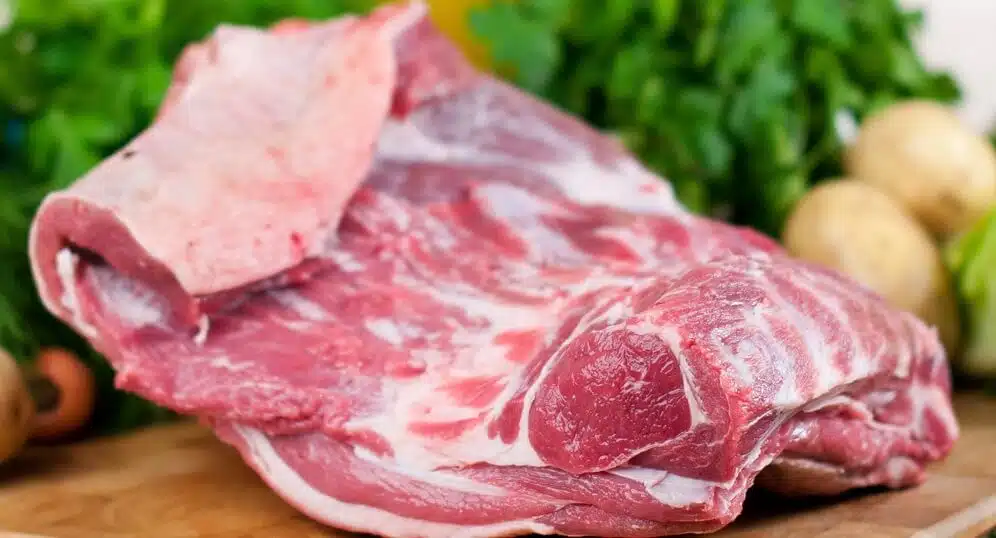
lamb, neck
Equipment
Thermapen
If there is one tool you have then I recommend it be the Thermapen. These handheld probe thermometers will transform the way you cook as you’ll know when something is ready rather than having to guess. I use the MK 4 version as it’s waterproof and has a backlit display that rotates so it’s always easy to read. You can buy them direct from my site or from Amazon. Either way they will be shipped direct from ETI, the UK manufacturer.
Thermoworks Smoke
The Thermoworks Smoke is my favourite wireless thermometer. One end is left by your BBQ and the other end you can take with you inside to monitor how the cook is going. It’s a brilliant product, very well made and easy to use. There are cheaper alternatives on the market but they’re not easy to use and the probes are poor quality.
Remember always bring the wires out of your Egg over one of the legs of the plate setter.
You can buy these from Amazon.
Tefal Ingenio Pans
I used these during the class to cook the sauces for the wings and for the pizza. They have removable handles and are really solid. I wouldn’t be without mine.
You can get them from Amazon using this link.
Leather Aprons
I’ve designed and had made my own Meat Smoke Fire branded leather aprons with a Thermapen pocket. They’re available in my online shop.
Private Classes
If you want to learn more and spend a day cooking using a lot of different techniques then you might want to think about one of my private classes. A typical day would involve the following techniques:
- Reverse Sear – cooking a Picanha, a Brazilian cut of rump
- Searing – both on the cast iron grid and dirty using rib-eye steaks
- Plank cooking – hot smoking salmon on a cedar plank
- Plancha cooking – cooking a French trimmed rack of lamb and some cauliflower directly on the plate setter
- Baking – rosemary and Maldon salt focaccia
- Pan cooking – an apple tarte tatin
